15 Pleasant Cakes from Around the World You Need to Try
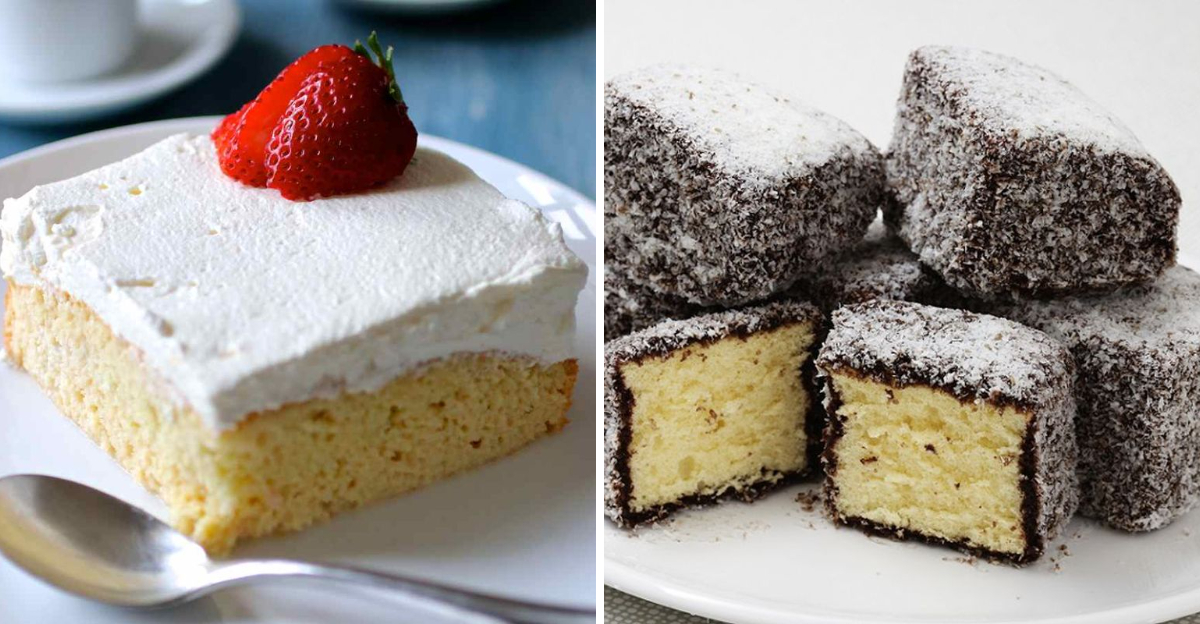
Cakes represent quiet stories about cultures through their ingredients and techniques. Across the globe, bakers prepare delicate treats that reflect local traditions, flavors, and family practices. From light, airy sponges to dense, gently sweet cakes with nuts or fruit, these international creations offer a glimpse into everyday baking around the world. Let these cakes take your taste on a simple and enjoyable journey.
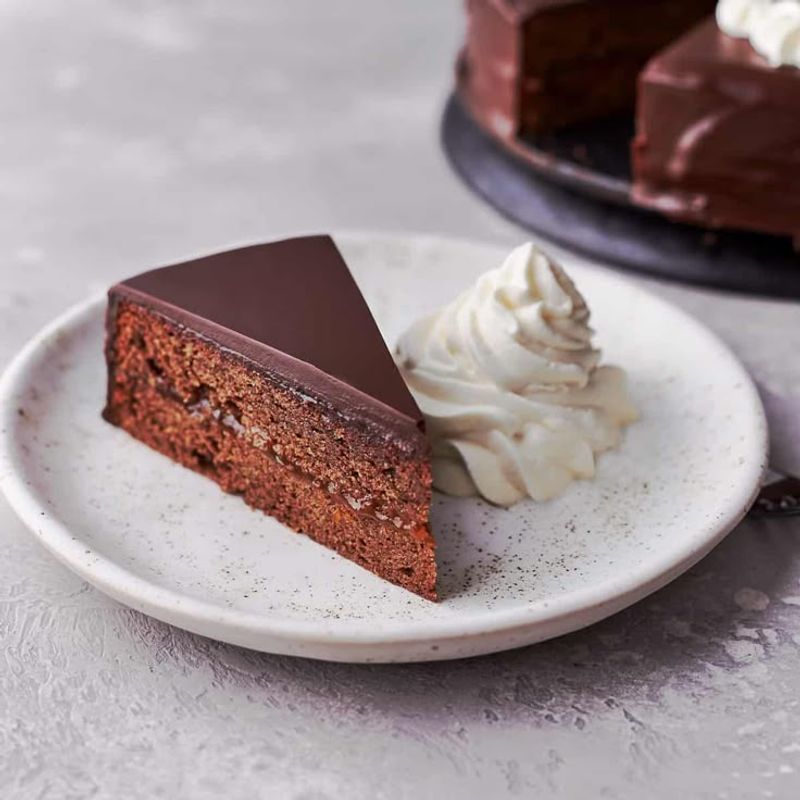
Sachertorte stands as Austria’s most famous chocolate cake, created in 1832 by Franz Sacher for Prince Metternich. This dense chocolate cake features a thin layer of apricot jam between two cake layers, all covered with a shiny chocolate glaze that cracks slightly when you cut into it. The Hotel Sacher in Vienna still makes this cake according to the original recipe. What makes it famous is the balance between slightly bitter chocolate and sweet jam, adding a sophisticated flavor that isn’t too sweet. Traditionally served with unsweetened whipped cream, Sachertorte is enjoyed in Viennese coffee houses as an afternoon treat. The cake’s texture is firm yet moist, making it an elegant dessert.
2. Basbousa from Egypt
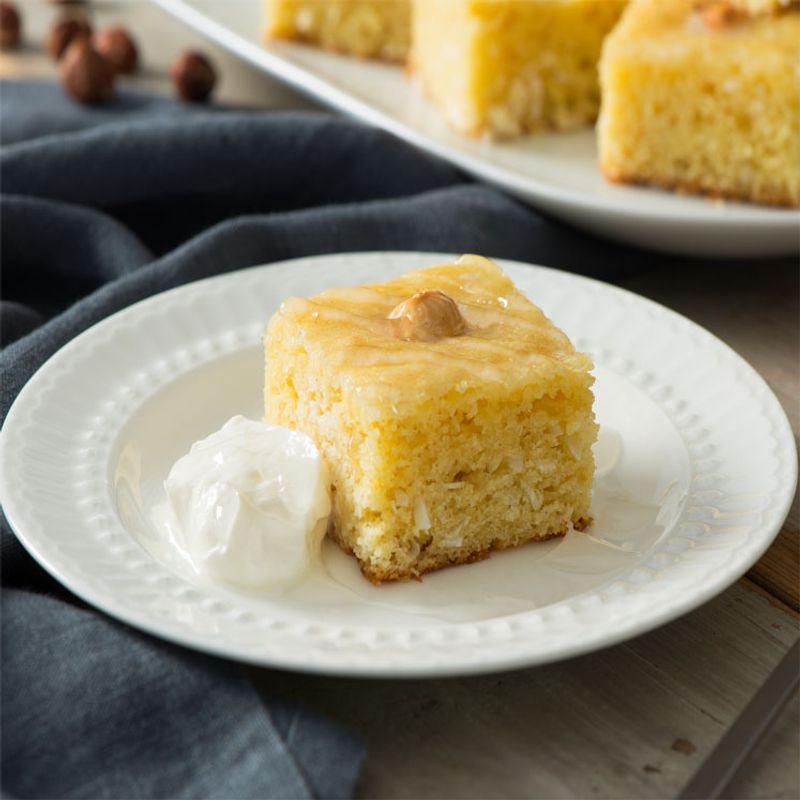
Basbousa brings the essence of Middle Eastern sweetness to your palate with its semolina-based texture. Made primarily from semolina flour, sugar, and yogurt, this cake gets soaked in sweet syrup after baking, making every piece moist. The cake’s top features traditional diamond-shaped cuts and is often decorated with blanched almonds placed in the center of each diamond. The syrup usually contains rose water or orange blossom water, giving Basbousa its distinctive floral aroma that’s instantly recognizable. Found in homes and bakeries throughout Egypt and across the Middle East, Basbousa has many regional variations. Some versions include coconut or are flavored with lemon, but all maintain that characteristic soaked texture that makes it a favorite for serving with afternoon tea.
3. Medovik from Russia
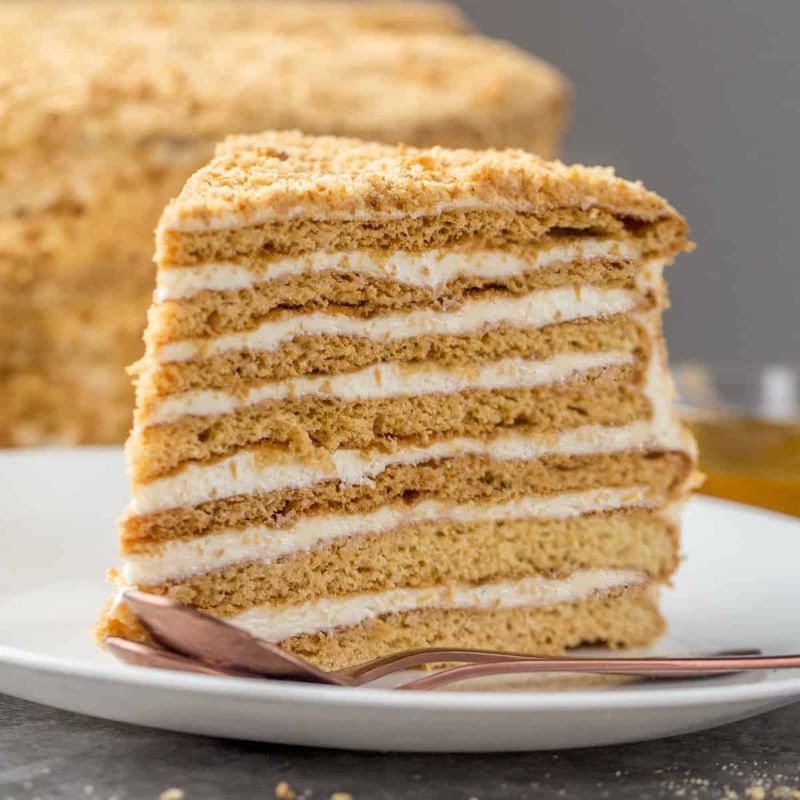
Medovik catch people attention with its, layers—typically 8 to 10 thin honey cake sheets stacked with sour cream frosting. The name comes from ‘med,’ the Russian word for honey, which gives the cake layers their distinctive flavor and amber color. After assembly, the cake needs to rest overnight in the refrigerator. This resting period allows the layers to soften as they absorb moisture from the cream, transforming the texture completely. What starts as crisp wafer-like layers becomes a soft, melting cake that practically dissolves when eating it. Russians often make Medovik for occasions, decorating the top with honey cake crumbs or chopped nuts. The combination of honey sweetness and slight tanginess from the sour cream adds a balanced flavor that’s not overwhelming.
4. Tres Leches from Mexico
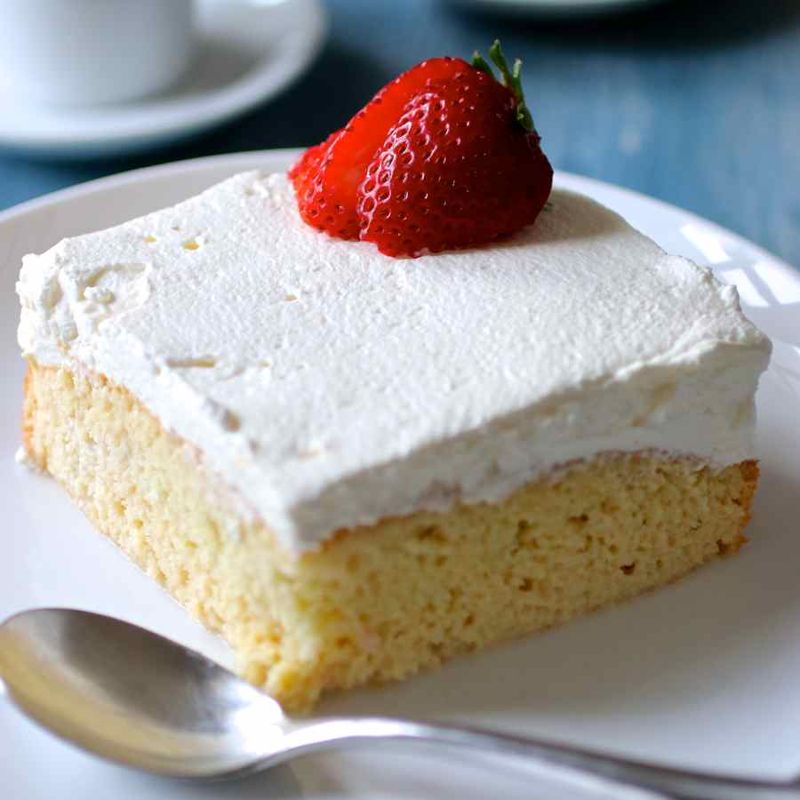
Tres Leches gets its name from the three milks—evaporated milk, condensed milk, and heavy cream—that soak the sponge cake after baking. The result is an delicate moist cake that somehow manages to hold its shape without turning soggy. The cake’s origins are debated, with some claiming it came from Nicaragua, others Mexico, and some saying it was a clever marketing campaign by milk companies in the 1940s. Regardless, it’s now a liked dessert throughout Latin America. What makes Tres Leches different is the contrast between the milk-soaked cake and the light whipped topping. Many bakers add cinnamon or fresh fruit like strawberries or peaches on top. The cake tastes refreshingly cool, making it especially popular during hot weather.
5. Mochi Cake from Japan
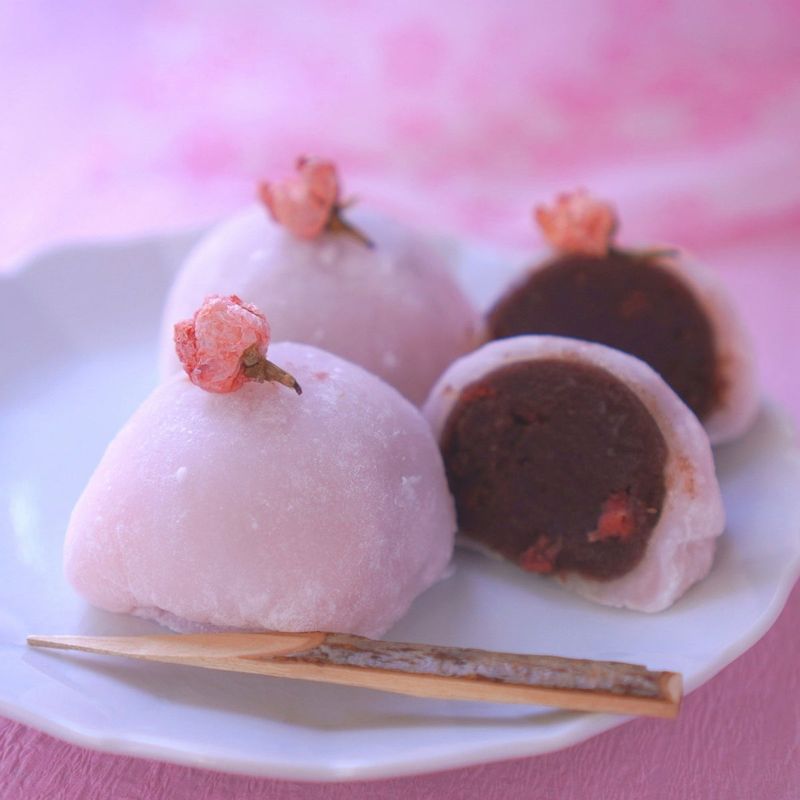
Mochi cake combines Western baking techniques with the chewy texture of Japanese mochi rice cakes. Made with glutinous rice flour instead of wheat flour, this cake has a distinctive bouncy, chewy texture that’s completely different from Western cakes. The basic version has a subtle sweetness, often enhanced with matcha green tea powder, black sesame, or kinako (roasted soybean flour). Modern bakers sometimes add fresh fruit like strawberries or mango for color and flavor contrast. What makes mochi cake known is its texture changes—crispy on the outside when fresh from the oven, but becoming uniformly chewy as it cools. This cake represents the beautiful mix of culinary traditions.
6. Bolo de Rolo from Brazil
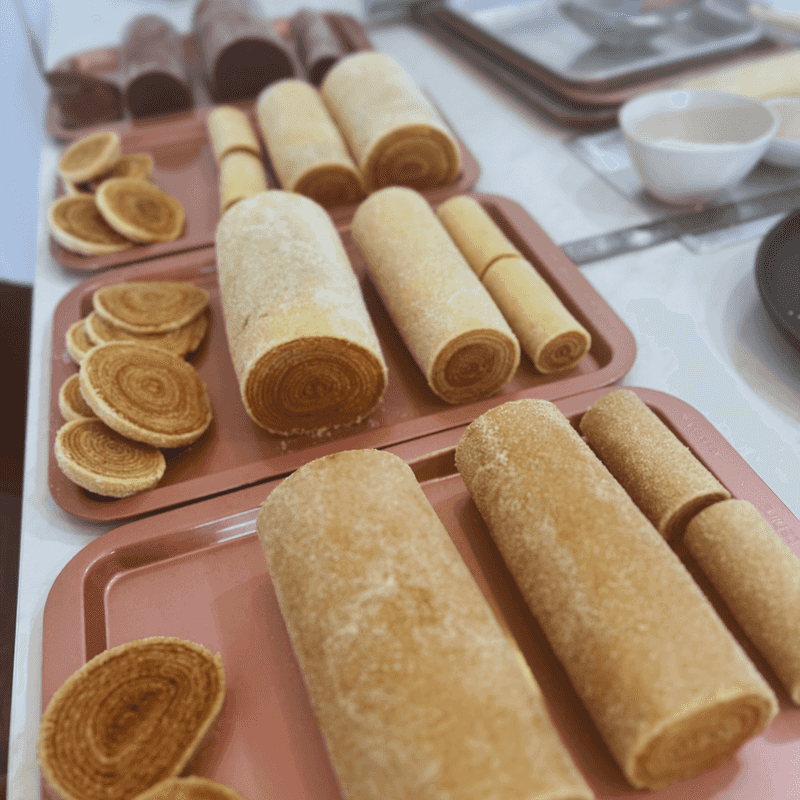
Bolo de Rolo is a delicate with its numerous paper-thin cake layers rolled with guava paste. Originating from the state of Pernambuco, this Brazilian specialty requires patience to make—the batter is spread extremely thin and baked quickly, then immediately rolled with a layer of guava filling while still hot. The process makes a spiral pattern when sliced, revealing sometimes 15-20 layers in a single cake. The contrast between the light sponge cake and the sweet-tart guava filling adds a balanced flavor that Brazilians love. Traditional recipes use only guava paste, but bakers now offer variations with passion fruit, chocolate, or dulce de leche. The cake’s appearance makes it a showstopper at any gathering, while its not-too-sweet flavor profile makes it a companion for strong Brazilian coffee.
7. Bibingka from Philippines
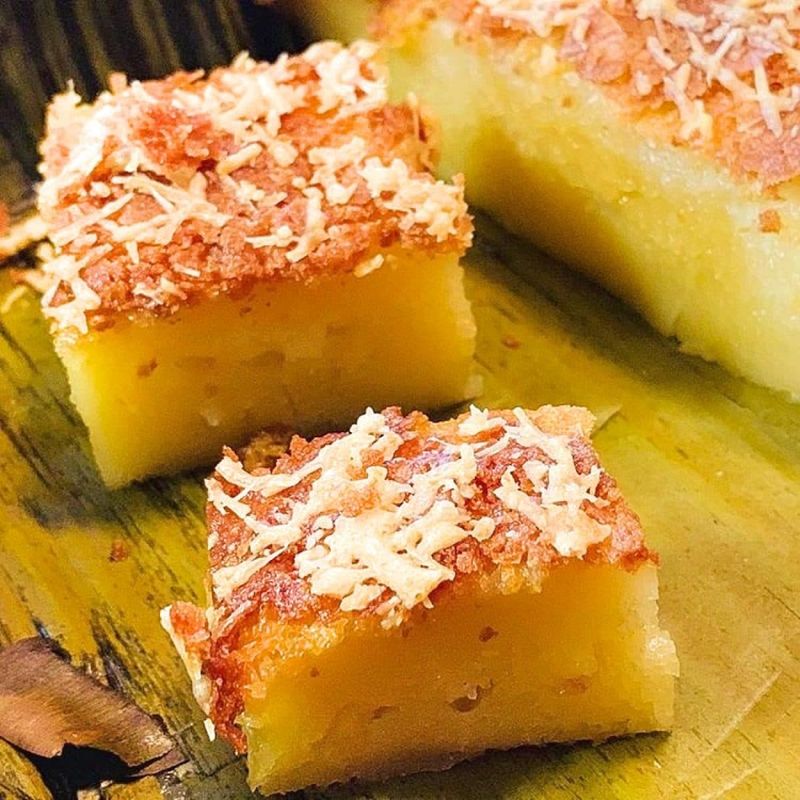
Bibingka brings the taste of Filipino culinary. Traditionally baked in clay pots lined with banana leaves over hot coals, this rice cake gets a smoky, aromatic quality that modern oven versions try to replicate. Made from rice flour and coconut milk, the cake develops a brown, slightly charred top while staying soft and slightly sticky inside. The banana leaves impart a subtle fragrance. What makes bibingka noticeable is its toppings—salted egg slices, cheese, and a generous brush of butter, then sprinkled with grated coconut. The combination of sweet cake with salty toppings adds a delicious contrast.
8. Mooncake from China
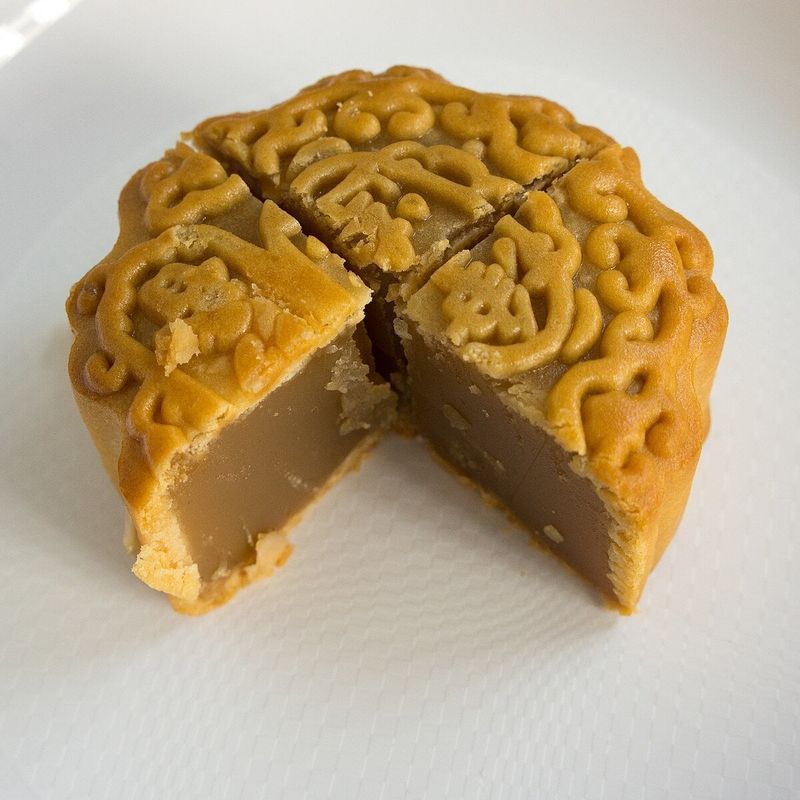
Mooncakes hold deep cultural significance in Chinese culture. These dense, round pastries represent family unity and completeness with their circular shape. The traditional version features a thin pastry skin enveloping a rich filling of lotus seed paste, often containing salted egg yolks that symbolize the moon. The contrast between the sweet paste and the salty yolk makes an interesting flavor combination. The cake’s top is typically imprinted with Chinese characters. Modern variations now include flavors like red bean, green tea, or even ice cream. What makes mooncakes special isn’t just their taste but their presentation—they’re often packaged in elaborate boxes as prestigious gifts.
9. Lamington from Australia
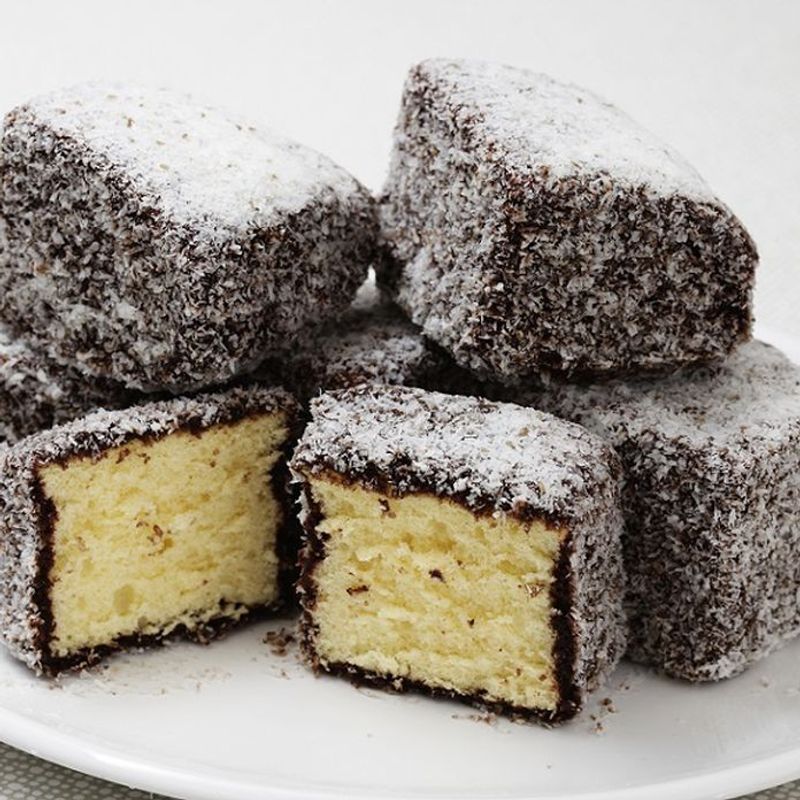
Lamingtons might look simple, but these Australian squares of joy deliver big flavor. Consisting of light sponge cake cubes dipped in chocolate icing and rolled in desiccated coconut, they make a textural experience with each piece. Named after Lamington, a governor of Queensland in the late 1800s, these treats supposedly came about when his chef had to quickly prepare something for guests. The coconut coating was a practical solution to prevent sticky fingers when eating the chocolate-covered cake. Traditional lamingtons contain no filling, but many bakeries now offer variations with a layer of strawberry jam or cream in the middle. They’re a staple at Australian school fundraisers, known as ‘Lamington drives,’ where kids sell them to raise money.
10. Basque Cheesecake from Spain
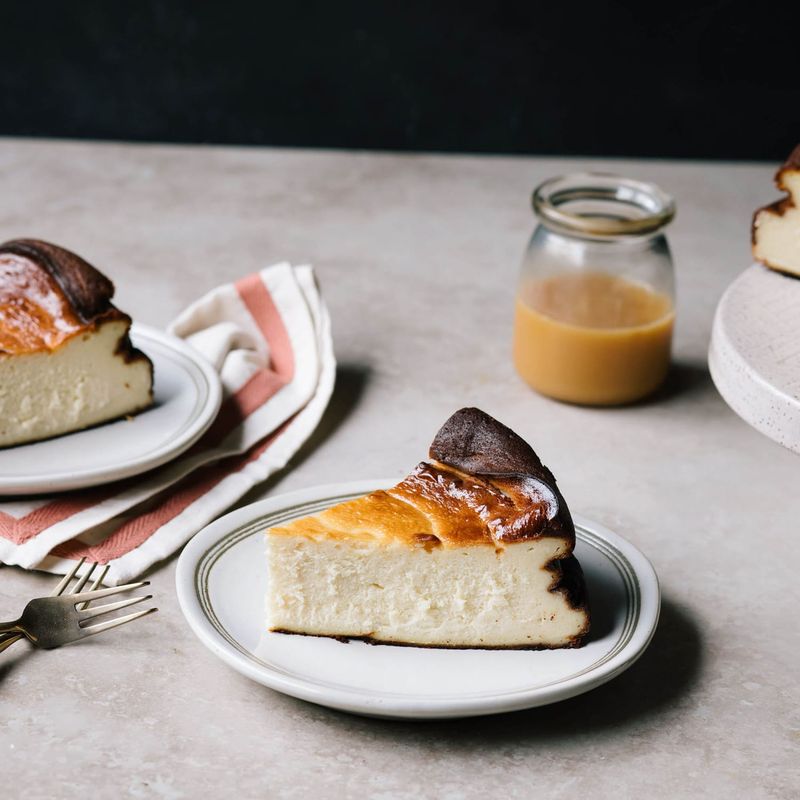
Basque Cheesecake breaks the rules of traditional cheesecake making. Baked at high temperature without a crust, this Spanish cake intentionally develops a dark, almost burnt exterior while maintaining a creamy, barely-set center that’s just this side of custard. Originating from La Viña restaurant in San Sebastián, this rustic cake has spread worldwide because of its contrast between the caramelized exterior and the luscious interior. The burnt top adds complex caramel that balance the richness of the cheese mixture. What makes it delicate is its simplicity—just cream cheese, sugar, eggs, cream, and a touch of flour. The cake is traditionally baked in parchment paper.
11. Baklava Cake from Turkey
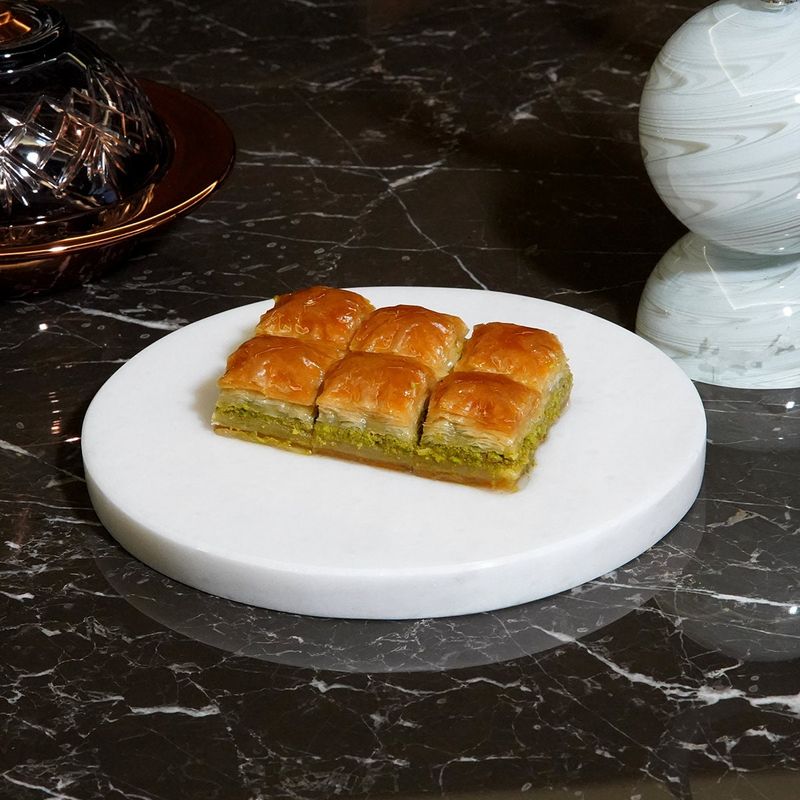
Baklava Cake is the traditional layered pastry cake, maintaining all the nutty, honey-soaked dressing of the original. This mix dessert features layers of light sponge cake soaked in honey syrup, alternating with chopped pistachios, walnuts, or almonds. The cake maintains the essence of traditional baklava—the fragrant nuts, the sweet honey, the hint of lemon and cinnamon—but in a softer, more cake-like form. Some versions include a layer of semolina custard or light cream to add another texture. The honey syrup gradually soaks through the layers, making the cake moister and more flavorful the longer it sits. It’s typically garnished with crushed pistachios and sometimes edible rose petals for a beautiful presentation.
12. Malva Pudding from South Africa
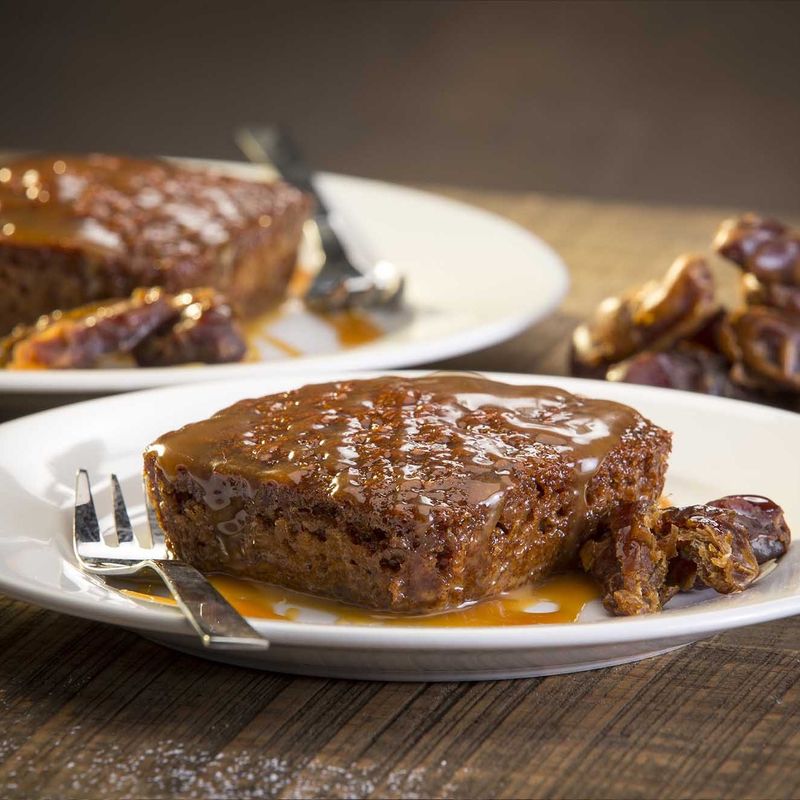
Malva Pudding brings warmth and comfort with every spoonful. This South African dessert features a spongy caramelized texture thanks to apricot jam in the batter, which gives it a distinctive flavor and amber color. What makes this cake delicate happens after baking—while still hot, it gets drenched with a warm cream sauce that soaks into pore. The result is a pudding-like consistency that’s moist but still maintains its structure. The slight tanginess from the apricot jam balances with the sweet cream sauce. Traditionally served hot with custard or ice cream, Malva Pudding appears at many South African family gatherings. Its origins trace back to Dutch settlers, but it’s evolved into a distinctly South African treat.
13. Gulab Jamun Cake from India
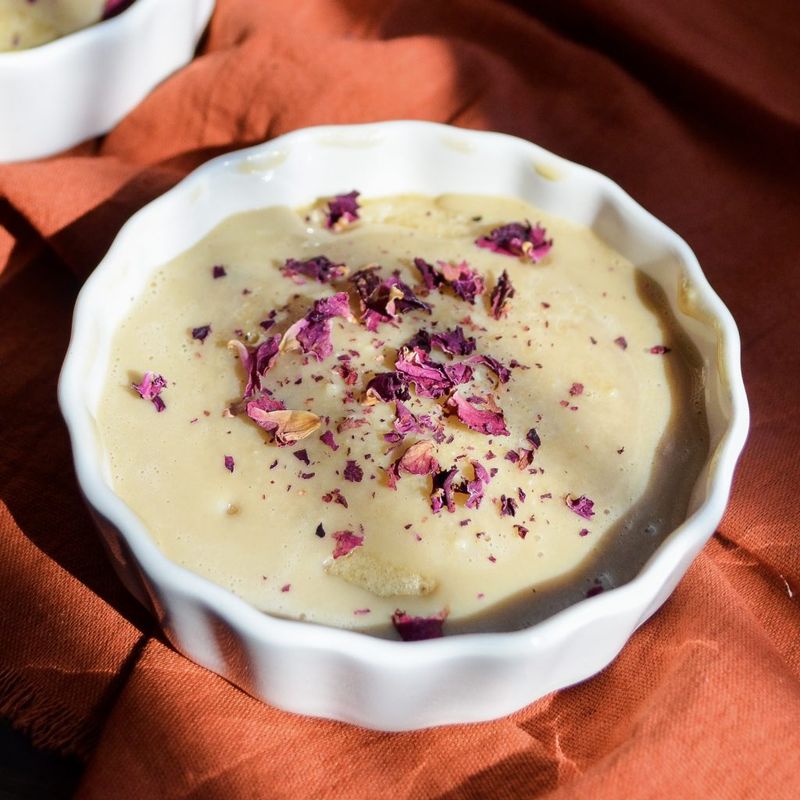
Gulab Jamun Cake chnages India’s syrup-soaked sweet dumplings into cake form. The sponge cake is infused with cardamom, saffron, and rose water—the same aromatic flavors found in traditional gulab jamun. What makes this mix dessert different is the soaking syrup. After baking, the warm cake gets pierced all over and drenched with a sugar syrup flavored with rose water and cardamom, mimicking the soaking process of the classic sweet. Some versions include small pieces of actual gulab jamun between the layers or on top as decoration. The cake stays moist for days thanks to the syrup, while the flavors continue to develop and meld together. Often garnished with crushed pistachios, dried rose petals, and sometimes a drizzle of saffron-infused milk.
14. Kasutera from Japan
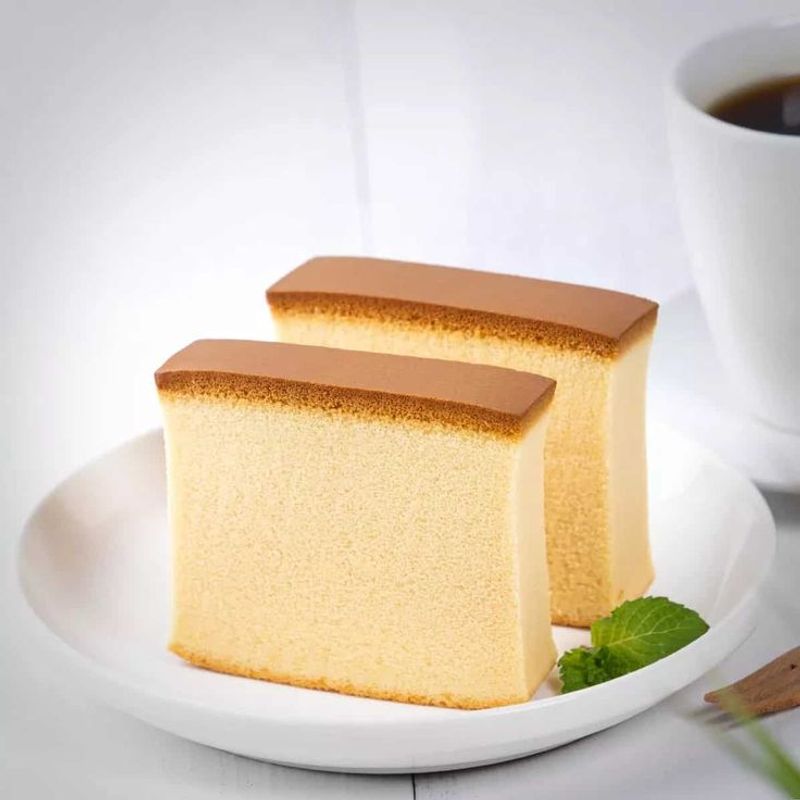
Kasutera (or Castella) represents the fascinating history of global trade routes. This Japanese sponge cake actually originated from Portuguese merchants who introduced it to Japan in the 16th century, and it has since become a Japanese delicacy. The cake contains just four main ingredients: eggs, sugar, flour, and honey or mizuame (a Japanese sugar syrup). What makes it delicat is the technique—the eggs are beaten extensively to add a structure that increase without leavening agents. The result is an incredibly fine, moist texture with a characteristic bouncy quality. Traditional Kasutera has a dark brown bottom and sides with a yellow interior, often sold in long rectangular blocks. Some versions include matcha green tea powder or brown sugar for variety. The cake is typically served in thin slices with a cup of green tea.
15. Sticky Toffee Pudding Cake from United Kingdom
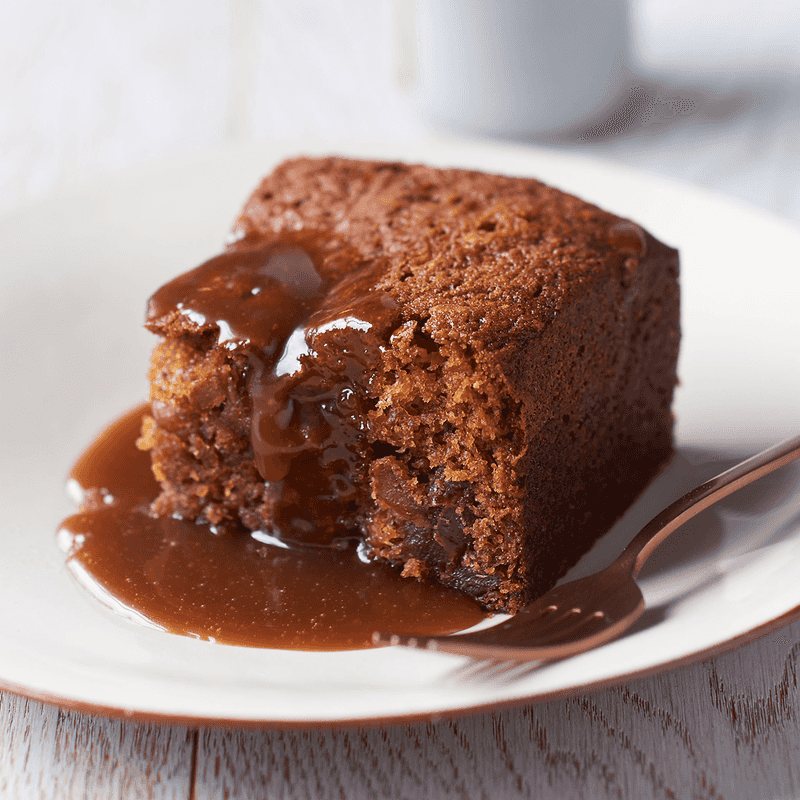
Sticky Toffee Pudding Cake warms you with its rich, date-filled sponge and luscious toffee sauce. This British comfort dessert gets its distinctive dark color and deep flavor from pureed dates in the batter, which also add natural sweetness and moisture. Made from butter, cream, and brown sugar, this sauce gets poured over the cake twice—once after baking to soak in, and again right before serving for added indulgence. The sauce forms a sticky, sweet layer on top while also seeping into the cake. Found in pubs and restaurants throughout the UK, this cake is typically served hot with a scoop of ice cream or cold custard for temperature contrast. The combination of warm, sticky cake and cold, creamy accompaniment creates a dessert experience.
